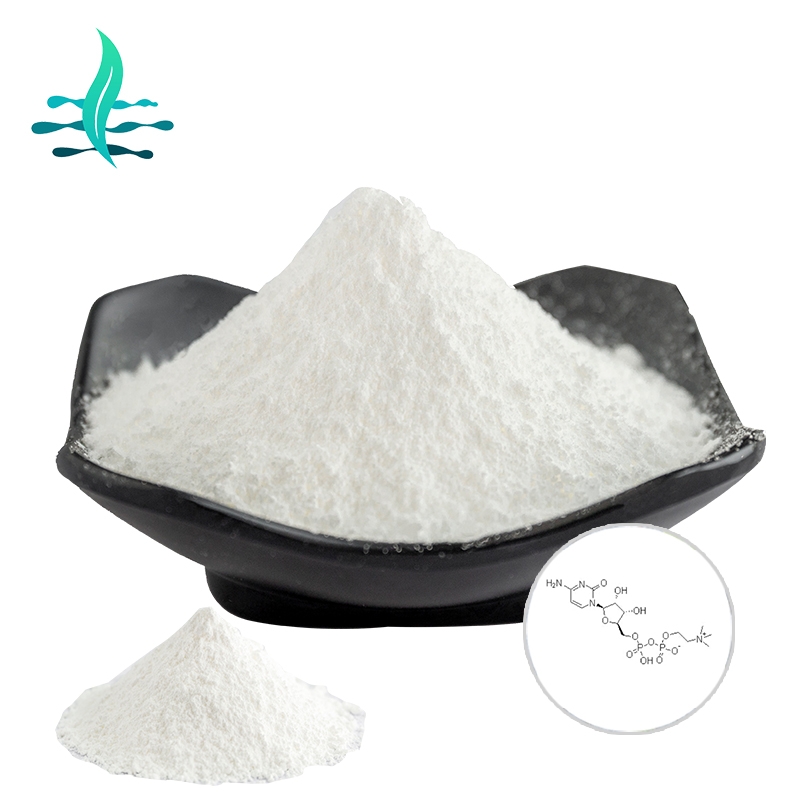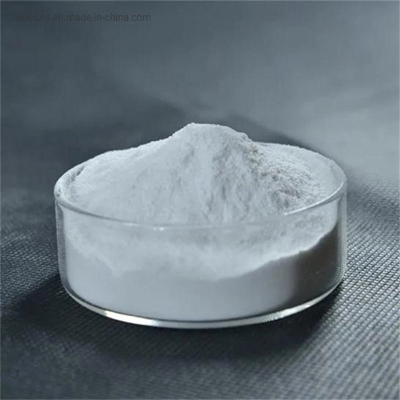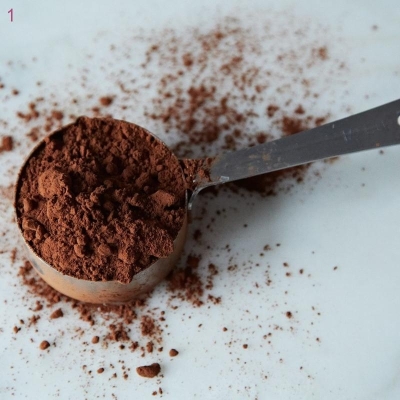-
Categories
-
Pharmaceutical Intermediates
-
Active Pharmaceutical Ingredients
-
Food Additives
- Industrial Coatings
- Agrochemicals
- Dyes and Pigments
- Surfactant
- Flavors and Fragrances
- Chemical Reagents
- Catalyst and Auxiliary
- Natural Products
- Inorganic Chemistry
-
Organic Chemistry
-
Biochemical Engineering
- Analytical Chemistry
- Cosmetic Ingredient
-
Pharmaceutical Intermediates
Promotion
ECHEMI Mall
Wholesale
Weekly Price
Exhibition
News
-
Trade Service
Protein phosphorylation by protein kinases can be reversed by the action of protein phosphatases. In plants, the Ser/Thr-specific phosphatases dominate among the protein phosphatase families with the type 2C protein phosphatases (PP2Cs) being the most abundant among them. PP2Cs are monomeric enzymes that require metal cations for their activity and are insensitive to known phosphatase inhibitors. PP2Cs were shown to counteract the mitogen-activated protein kinase (MAP kinase/MAPK) activities in plants and to regulate developmental and stress signaling pathways. Studies of PP2C activities can be performed in vitro using recombinant proteins. The potential substrates of PP2Cs can be tested for dephosphorylation by the phosphatase in vitro. We have found that the stress-induced PP2Cs from alfalfa and
Arabidopsis
interact with stress-activated MAPKs in yeast two-hybrid (Y2H) screens. Consequently, recombinant MAPKs were employed as substrates for dephosphorylation by selected PP2Cs from different family clusters. The members of the PP2C phosphatase family demonstrated specificity toward the substrate already in vitro, supporting the notion that protein phosphatases are specific enzymes. The PP2C from
Arabidopsis thaliana
cluster B,
Arabidopsis
PP2C-type phosphatase (AP2C1), and its homolog from
Medicago sativa
,
Medicago
PP2C-type phosphatase (MP2C), were able to dephosphorylate and inactivate MAPKs, whereas the ABSCISIC ACID (ABA)-INSENSITIVE 2 (ABI2) and HOMOLOGY TO ABI1 (HAB1) PP2Cs from the distinct
Arabidopsis
cluster A were not able to do so. The method described here can be used for the determination of PP2C protein activity and for studying the effect of mutations introduced into their catalytic domains.







